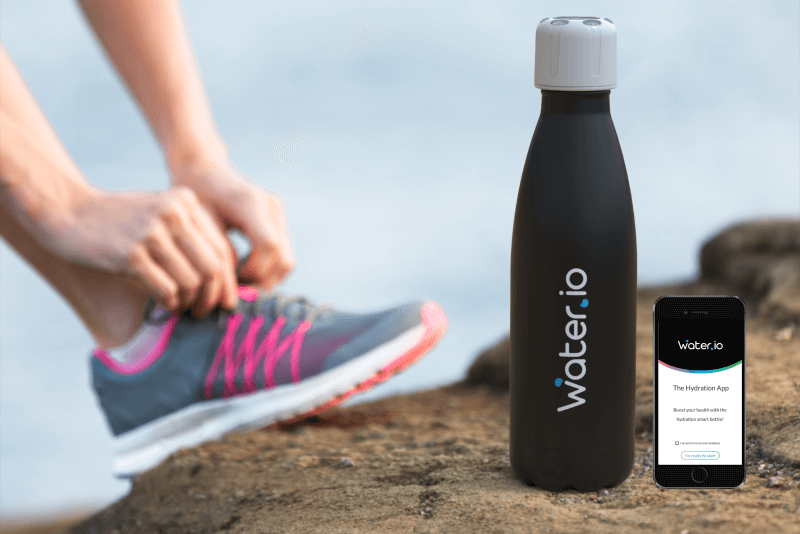What is Smart Packaging? (Dry Definition)
Increasing attention has been given to the smart packaging space for the many ways by which it’s changing the consumer product packing industry and the packaging industry as a whole. So what do we mean when we talk about smart packaging in the first place? Smart packaging refers to the emerging technologies within the packaging industry that increase consumer and business utility alike, all while simultaneously increasing the simplicity of accessing and tracking the information surrounding products and companies.
This increased utility comes as a result of increased information tracking and sharing granted to the consumer resulting in an opportunity to learn more about the companies and products they are purchasing from and using. On the business side, smart packaging can be used to learn more about the consumers and markets businesses are selling to, in addition to providing a more personalized, unique, and accessible experience for the consumer to engage with a business’ brand.
More than Packaging
While smart packaging is still in its early growth days, the potential application and merits of integrating this new practice are immense. As the name suggests, smart packaging offers to package with extended functions. It includes all sorts of technologies intended to achieve more than mere packaging. This leads to benefits for consumers and the companies distributing products alike. Consumers benefit from heightened access to product and company information, while businesses can iron out inefficiencies and gain more knowledge relating to a product’s journey and use.
With modern companies seeking to invest in sustainable solutions and other tech integrated packaging solutions, the global smart packaging industry is expected to reach $59 billion by the end of 2025. Below is a brief overview of what encapsulates smart packaging, including its applications and benefits.
Types of Smart Packaging
There are two primary types of smart packaging, as follows:
1. Active Packaging
In active packaging, the package interacts with what’s inside and the goal is often to increase the product’s shelf life. The packaging comes into direct contact with the product to release compounds that enrich the medium, or eliminate components from the immediate environment. Manufacturers use various elements depending on the product being shipped, but the most popular choices include light filtering materials, ethylene absorbers, oxygen absorbers, moisture-control, antimicrobial coating, and more. A great example is adding oxygen absorbers to the cap in a plastic beer bottle, which increases the shelf life from three to six months.
2. Intelligent Packaging
On the other hand, intelligent packaging focuses on communicating with the outer world, rather than mere packaging. This type of packaging adds diagnostic and indicator functionality. They can also be used to fulfill automation, marketing, and customer engagement. Essentially, intelligent packaging involves sensors and indicators that monitor the product’s condition to provide information about the status. This includes tightness, temperature, freshness, storage time, and so forth. For instance, food packaging may change color to indicate leaks or salmonella contamination. There are several other ways intelligent packaging can be used to monitor product conditions.
Benefits of Smart Packaging
There are several devices in the IoT (internet of things) that can communicate with smart packaging. Today, packages can be equipped with tiny electronic components that add functionalities, such as Bluetooth, alarms, RFID chips, LED lights and loudspeakers. These components communicate to achieve the protective function and promise impressive conveniences wherever they are used. A good example is when they are used in medicine packaging to monitor use. The package may monitor each pill you take from the container and sound an alarm if you take the wrong dosage.
Here’s a look at the key benefits of smart packaging:
I. Customer empowerment
With technologies such as QR, RFID and NFC, intelligent packaging offers an impressive customer interface that can be used to learn more about the purchased product. Scanning a QR code on a food package, for instance, can take the customer directly to a resourceful page with all the dietary concerns, ingredient research and nutritional value. Another example is a proprietary technology packaging that may lead customers to “how-to” guides and user manuals accessible via their smartphones.
II. Quality control
With advanced sensors and indicators, packaging can be designed to help monitor the condition of a product and indicate whether it is good or compromised. Some packaging can increase shelf life by removing the unwanted particulates from the medium, while others help to detect counterfeit offers. The result is easier access to genuine quality products from the manufacturer. Smart packaging also results in longer-lasting solutions.
III. Staying relevant with your customers
For a business, investing in emerging technologies is inevitable. The big task is to determine ideal practices and technologies that will impact the business positively. Smart packaging offers an advanced customer interface and a much better shopping experience. Naturally, customers will seek out better technologies and experiences, which imply smart packaging is here for the long haul. Investing in smart packaging is one way to project your company as technologically advanced and grab customer attention.
IV. Creating Theft, Substitution, and Counterfeit-Proof Products
There are a wide variety of situations where the presence of false products operating under the guise of your product and brand name, can take substantial profits away from your business. What’s more, when the products are not up to the same level of product quality that your business has established, it can be damaging for your brand name and public reputation. By utilizing smart packaging solutions, businesses are able to better keep track of their products and communicate legitimacy to consumers.
V. Predictive Planning
An important and difficult problem for any company to solve is how to capture a customer’s order again once they run out of a product or need to replace it. Smart packaging integrations may allow manufacturers to have a better understanding of when a product may be running low, and when they should send a message or email asking if the consumer would like a replacement. Smart packaging can even automate this process. Other solutions that may help in this area include the integration of QR codes or other cloud-based solutions that can bring customers to your website to repurchase.
VI. Brand Transparency
Holding corporations accountable for their social, economic, and environmental impact has never been more important to the everyday consumer. In fact, studies have shown that consumers are not only more likely to purchase a product if it’s environmentally friendly but spend more on it as well. Smart packaging can help consumers (and businesses) to track where product materials are sourced, where they are manufactured, by whom, and any other relevant information that may be integral to the consumer making a determination of whether or not they can purchase from a brand in an ethical and social-conscious manner.
VII. Increasing Likelihood of Positive Experience
Some products can be more difficult to understand than others depending on whether it’s a new product or made with ingredients or materials that are new to the consumer. Providing engaging opportunities for the consumers to engage with and learn about the products they purchase is an important step in the process of ensuring they understand the full capabilities of why your product is the best on the market. Smart packaging can help to direct customers to web-linked informational videos, tutorials, and more. What’s more, you can more quickly connect them to a customer support line where they’ll be able to ask questions, express concerns, and more, in a time-friendly manner.
Final Words
The merits of smart packaging are quite obvious and the practice provides a sustainable way to extend the functionality of product packaging to meet various other needs. For the customer, the challenge is getting used to the extra perks and sometimes changing old habits. On the other hand, companies have to deal with the rush of identifying technologies that work and become the first to offer them within the niche.
Make sure you don’t get left behind and adopt this new technological concept before your competitors do.
If you want to start using smart packaging, please contact us today!





